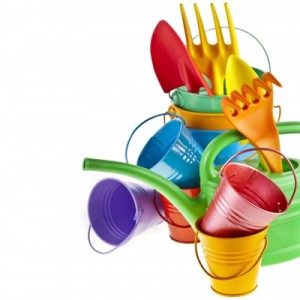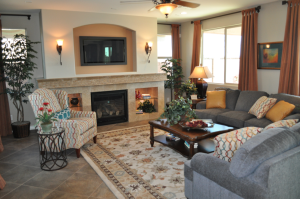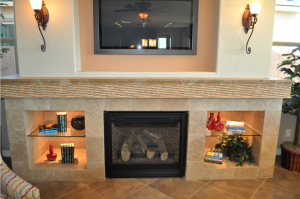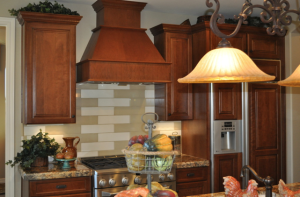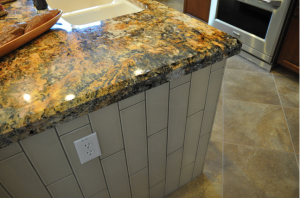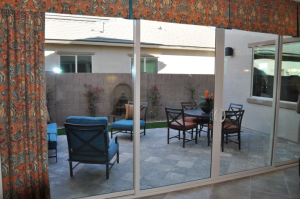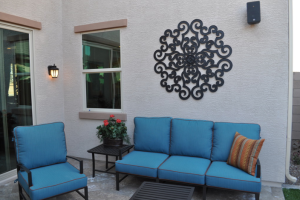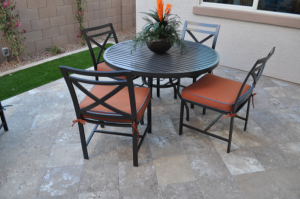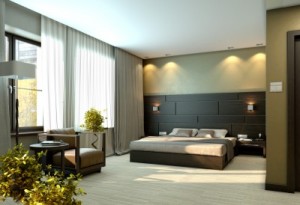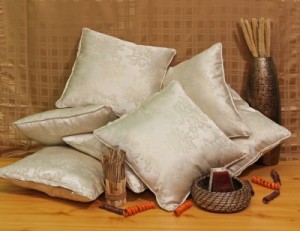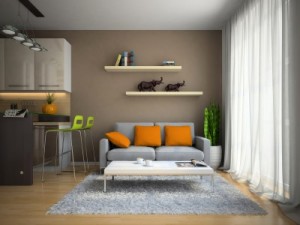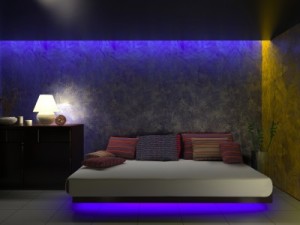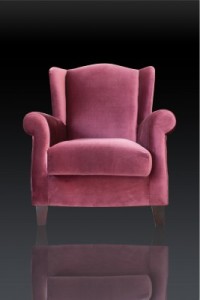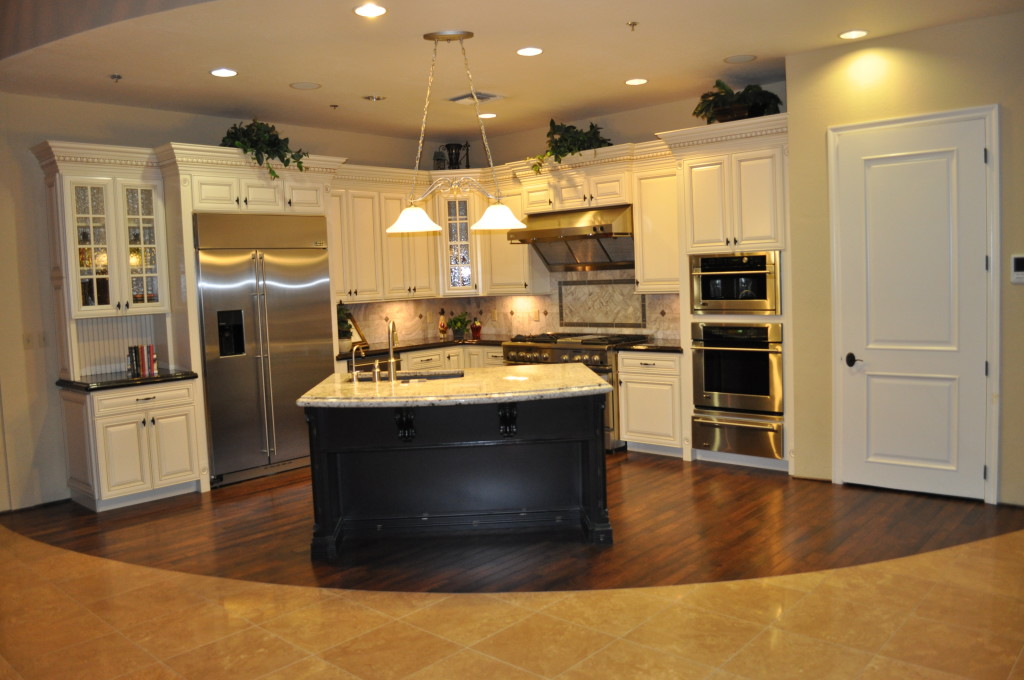 Would you like a chance to explore kitchen and bath ideas, talk with designers and product-knowledge specialists, and see some of the latest home design options available?
Would you like a chance to explore kitchen and bath ideas, talk with designers and product-knowledge specialists, and see some of the latest home design options available?
Fulton Homes invites you to join us this Thursday night, March 21st 2013, for Super Browse Night at our design center in Tempe. With 13,000 square feet of kitchen and bath vignettes, a rich variety of product displays, and our team of designers ready to answer your questions, this is an amazing opportunity to see the newest home products in a comfortable and inviting setting.
 From countertops to carpeting, cabinet doors to front doors, appliances to area rugs, you can browse every kind of home interior option set up in inviting and exciting displays.
From countertops to carpeting, cabinet doors to front doors, appliances to area rugs, you can browse every kind of home interior option set up in inviting and exciting displays.
Whether you’re considering a new home, purchasing a new home, or just want some good ideas for your current or future home, you’re welcome to join us for this exceptional event. We’ve invited our trade partners to join our designers and sales associates to share their insights into the best ways to make your home as special as you want it to be.
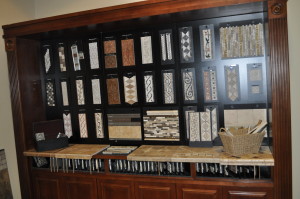 Join us Thursday March 21st 2013 from 5-8 p.m. at the Fulton Homes Design Center, 1241 West Warner Road, #106, Tempe, AZ. To find us turn south on Beck between Priest and Hardy. Turn right in the second driveway.
Join us Thursday March 21st 2013 from 5-8 p.m. at the Fulton Homes Design Center, 1241 West Warner Road, #106, Tempe, AZ. To find us turn south on Beck between Priest and Hardy. Turn right in the second driveway.
As an extra incentive (Maybe to help get your spouse to join you?) we’re giving away a 40 inch Samsung flat-screen TV to those who attend our event, with no purchase necessary to win. We look forward to seeing you there.



